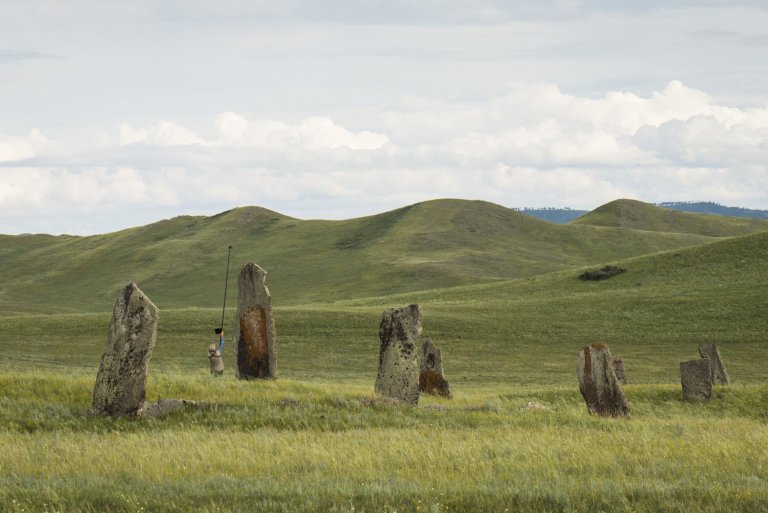
© Fabrice Monna / MAP-MC / Traces / ARTeHIS / CNRS Images
View the mediaActualité scientifique
La journée internationale de la photographie célèbre le premier daguerréotype en 1839. Découvrez nos archives sur les premiers procédés photographiques, la diversité des recherches qui s’appuient sur la photographie, et des photos scientifiques primées !

© Fabrice Monna / MAP-MC / Traces / ARTeHIS / CNRS Images
View the mediaOur work is guided by the way scientists question the world around them and we translate their research into images to help people to understand the world better and to awaken their curiosity and wonderment.